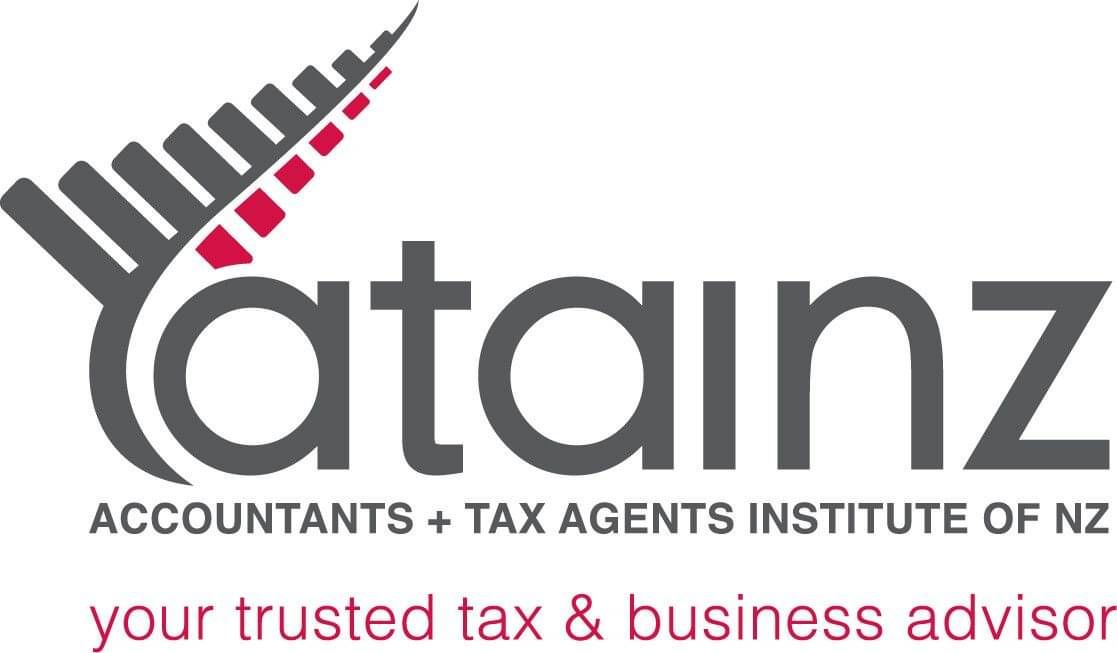Do you know the difference between your P&L and your balance sheet? We can explain exactly what each report means – and how it reflects your current performance as a business #businessadvice #accounting #PandL
Understanding your finances is a vital part of running your business. But getting down into the nitty gritty of the company accounts isn’t every entrepreneur’s top skill. If you are new to company accounting, or simply want to expand your knowledge, we can help explain the foundational reports.
The profit and loss report and the balance sheet are both key reports when it comes to getting in control of your company’s financial health.
What’s a profit and loss statement?
Your profit and loss statement is commonly called your P&L, but is also referred to as your income statement or statement of earnings. It’s a full breakdown of your company’s revenue (money coming into the company as sales and other business income) and your expenditure (direct costs, overheads, expenses and other costs).
As a business, you obviously want to turn a profit and make money from your venture. Careful observation of your P&L allows you to track your revenues and expenses over a set period of time. You can then look back over the period and see exactly where you’re making money, and where you’re losing money. The more you make, and the less you lose, the greater your profits will be at year-end – and your P&L is your barometer for measuring these metrics.
The P&L statement is good for:
- Giving you a breakdown of all revenues and relevant costs and expenses
- Showing the profit and loss figures over a set period of time
- Summing up your profit and loss for the period to gauge if you’re profitable.
What’s the balance sheet?
The balance sheet gives you a snapshot of your company’s financial health at a given point in time, based on the following accounting equation: ‘Equity = Assets - Liabilities’
The balance sheet shows shows you the company’s:
- Assets (the things the company owns, including cash)
- Liabilities (the things the company owes other people)
- Equity (retained earnings plus the funds you originally invested as shareholders)
Unlike the P&L – which shows you the revenues and expenditure over the course of a given historic period – the balance sheet is best seen as a ‘screenshot’ of your current finances. In a nutshell, it shows you what the company is worth on paper right now, based on the current numbers in your accounts. So it’s a vital tool in your accounting toolbox.
The balance sheet is helpful for:
Assessing the current financial position of the company
Providing evidence of your financial position to banks, lenders and investors
Giving potential buyers an idea of the company’s tangible net asset value, if you plan to sell up.
Talk to us about expanding your accounting skills.
If you don’t know your assets from your equity, we don’t blame you. Accounting can be complicated and it takes time to fully grasp all the different terms and processes.
But if you’d like to know more about the basics of your company accounts, we can help. We’ll be happy to run you through your latest management or statutory accounts and explain exactly what each report means – and how it reflects your current performance as a business.
Get in touch to find out more about your accounts.






